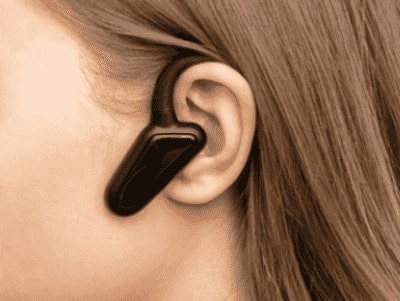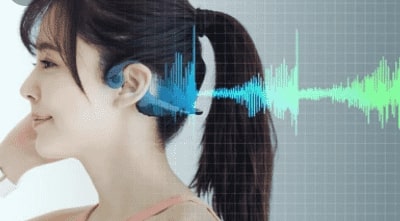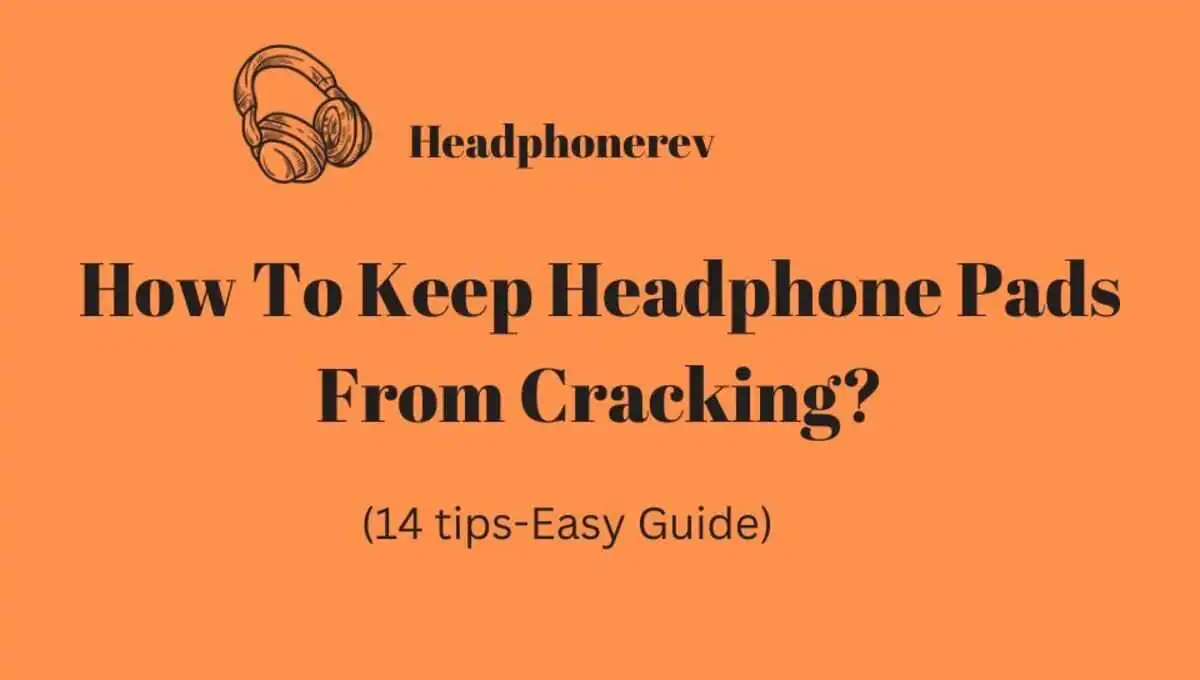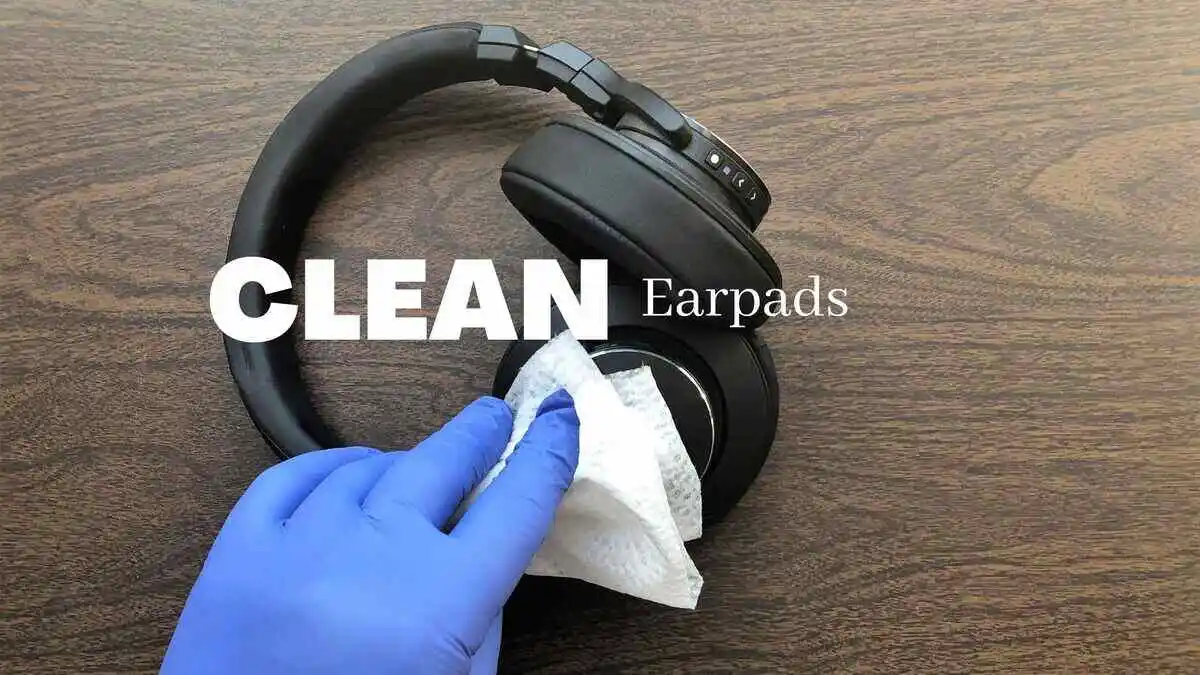They are advertised everywhere, from the Olympics to your local running store. Bone conduction headphones are becoming more and more popular, but are they safe? is bone conduction headphones safe? Yes they are safe unless you choose the right one for you and are of good quality, also don’t use them for a long time, not more than 10hrs a day.
This article will give a comprehensive overview of bone conduction headphones and their safety with pros and cons bone of conduction headphones & answers to; are bone conduction headphones safe? and also judge are bone conduction headphones bad for you?
What are bone conduction headphones?
Are bone conduction headphones better for your ears? conduction headphones use bone conduction to transmit sound to the inner ear.
This means that headphones do not go over or in the ear; instead, they sit on top of the cheekbones and send vibrations through the bones to the inner ear.

How do bone conduction headphones work?
is bone conduction safe? answer to this question lies in working of bone conduction headphone
Bone conduction headphones work by sending vibrations through the bones of the user’s head to the inner ear.
This bypasses the need for the user to hear through their outer ear and has the potential to be much safer for long-term use.
A study conducted in 2018 found that bone conduction headphones were just as effective as standard headphones in delivering sound to the user while also being significantly safer.
You can also watch a video: How do bone conduction headphones work?.

Are Bone Conduction Headphones Safe:
Like most people, you probably enjoy listening to music through headphones. But have you ever wondered if those headphones could harm your health?
A new study has found that bone conduction headphones, which emit sound through your bones instead of your ears, may be linked to an increased risk of hearing loss.
The study, published in the Journal of the American Medical Association, looked at data from over 4,000 adults who wore bone conduction headphones for at least an hour every day. The researchers found that those who used the headphones had a significantly higher risk of hearing loss than those who didn’t use them.
So should you ditch your bone conduction headphones? Not necessarily.
The study didn’t prove that the headphones cause hearing loss, only that there’s a link between the two. And it’s possible that other factors, such as exposure to loud noise, could also be responsible for the increased risk.
Reduce Risk:
If you’re concerned about the safety of bone conduction headphones, you can do a few things to reduce your risk of hearing loss.
Make sure to keep the volume at a moderate level and take breaks from using the headphones if you start to feel any pain or discomfort in your
Bone conduction headphones do not sit on your head like traditional headphones, causing headaches, vertigo, and other discomforts. Bone conduction hearing can occur in a variety of locations, according to a review published in the National Center for Biotechnology Information:
- A direct-drive battle against a skull
- In-the-mouth
- In direct contact with the skin (Skin-Drive)
Your listening experience may be affected by where this conduction occurs. For instance, those who regularly suffer from vertigo and migraines may wish to avoid direct-drive headphones.
You may experience a difference in listening quality depending on where this conduction occurs; skin-drive headphones, combined with excessive sweat, may irritate their skin.
ALSO READ: Headphone Hurt ear cartilage

Are bone conduction headphones better than in-ear headphones?
There is no easy answer when deciding whether bone conduction headphones are better than in-ear headphones. It ultimately depends on what you are looking for in a pair of headphones and your personal preferences.
However, before decisiding, you should know a few key differences between the two types of headphones.
- Bone conduction headphones sit outside the ear canal and vibrate the bones in the skull, sending vibrations to the inner ear. This means they don’t block out external noise and in-ear headphones. However, some prefer this because it allows them to be more aware of their surroundings. Bone conduction headphones are less likely to cause pain or discomfort after extended use since they don’t put any pressure on the ear canal.
- In-ear headphones fit snugly inside the ear canal and block out external noise more effectively. They can be more comfortable for some people but also cause pain or discomfort after extended use.
In addition, if you wear glasses, you may find that in-ear headphones are more comfortable since they don’t put any pressure on the frames.
Bone Conduction headphones Pros and Cons:
When it comes to headphones, there are a lot of different options out there. But if you’re looking for a pair that is both comfortable and safe, you may want to consider bone conduction headphones.
Bone conduction headphones vibrate the bones in your head, sending the sound waves directly to your inner ear. This means that there is no need for earbuds or anything else that could potentially damage your ears.
here are pros and cons of bone conduction headphones:
Pros: Benefits of using bone conduction headphones.
There are many benefits of using bone conduction headphones.
- do bone conduction headphones damage your hearing? No, People with hearing loss often use them as they allow sound to bypass the damaged parts of the ear and be directly transmitted to the inner ear.
- Professional Advantages for Law Enforcement Officers A bone conduction headset enables them to communicate more effectively.
- They are also popular with people who have active lifestyles as they do not require insertion into the ear and thus can be worn while doing activities such as running or biking.
- Do you have to sacrifice your music intake when wearing a safety helmet? I don’t think it’s necessary. It can fit under a helmet. Using the helmet, you won’t lose situational awareness.
- They don’t block out all other noise, so you can still be aware of your surroundings.
- They’re more comfortable than traditional headphones since they don’t go in or over your ears and put less pressure since they have an open-ear design.
- They don’t cause as much ear fatigue after extended use. Don’t cause ear infections or earwax build-up.
- They’re great for people who have hearing impairments or are hard of hearing.
- They’re perfect for people who want to listen to music while working out or doing other activities where blocking out all other noise isn’t ideal.
- They’re wireless
- bone conduction headphones headache? No
Cons: Disadvantages of bone conduction headphones.
Are bone conduction headphones harmful? here you will get your answer:
- They may not be as effective at blocking out external noise.
- They may not work well with all types of hearing loss.
- They can be more expensive than traditional headphones.
- They may not work well in a noisy environment since they don’t completely block out all noise. So, bone conduction headphones bleed.
- Lower sound quality than traditional headphones
- They can still cause hearing loss and tinnitus
- Have to be charged regularly
- They aren’t entirely leakproof, allowing others to hear your music.
There are also bone conduction headphones side effects: One study found that prolonged use could damage the bones in the middle ear (the ossicles).
Additionally, if the headphones are not fitted properly, they can rub against the skin and cause irritation or even sores.
If you are considering using bone conduction headphones, you must consult with a healthcare professional to ensure that they are safe for you to use.

How to choose the right pair of bone conduction headphones?
When it comes to choosing the right pair of bone conduction headphones, there are a few things you need to keep in mind.
Consider the fit:
Bone conduction headphones must fit snugly and securely around your ears to work correctly. They also need to be comfortable, so make sure to try them on before you buy.
Use:
Think about what you’ll be using them. If you’re looking for headphones to use while working out, you’ll want a sweat-resistant pair and a secure fit.
Any bone conduction headphones will do if you’re looking for a pair for casual listening.
Budget
Finally, consider your budget. Bone conduction headphones range in price from around $50 to $200. You’ll want to pick a pair that fits your needs and budget.
If you keep these factors in mind, you’ll find the perfect pair of bone conduction headphones.
Conclusion:
In this artical we studied about bone conduction headphones are they safe? The study found that bone conduction headphones are safe for most people.
However, there are a few potential risks that you should be aware of before using them. If you have any concerns about your health, it is always best to consult with a doctor before using any new type of headphones.
They bone conduction headphones harmful? NOT AT All.


![Are Bose Headphones Waterproof [Official Disclosure]](/uploads/beige-overlay-minimalist-guitar-.jpg)




